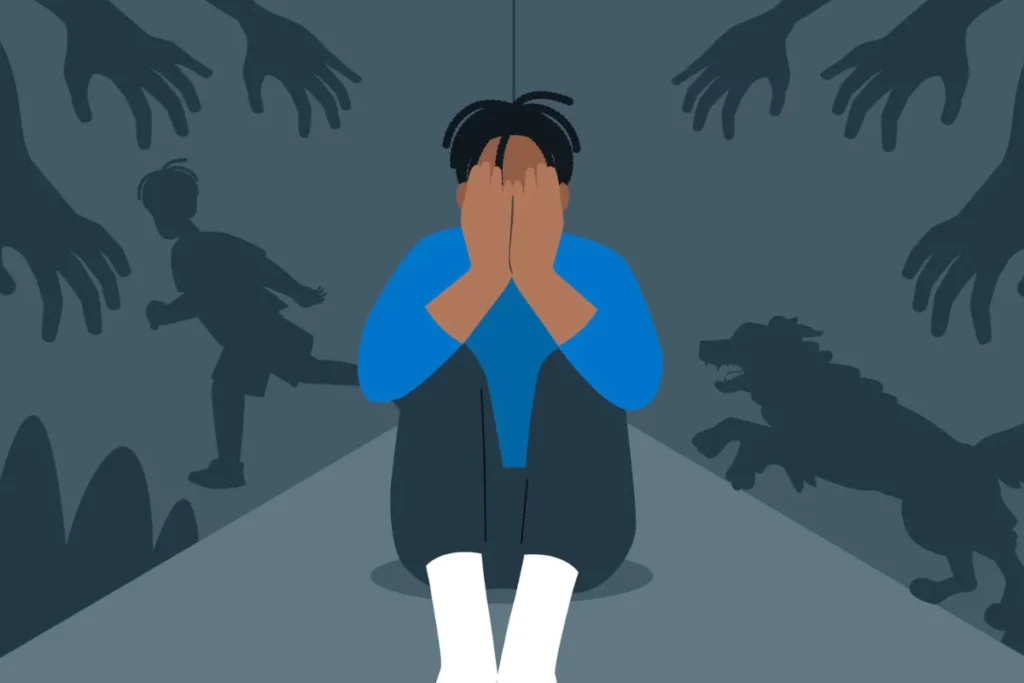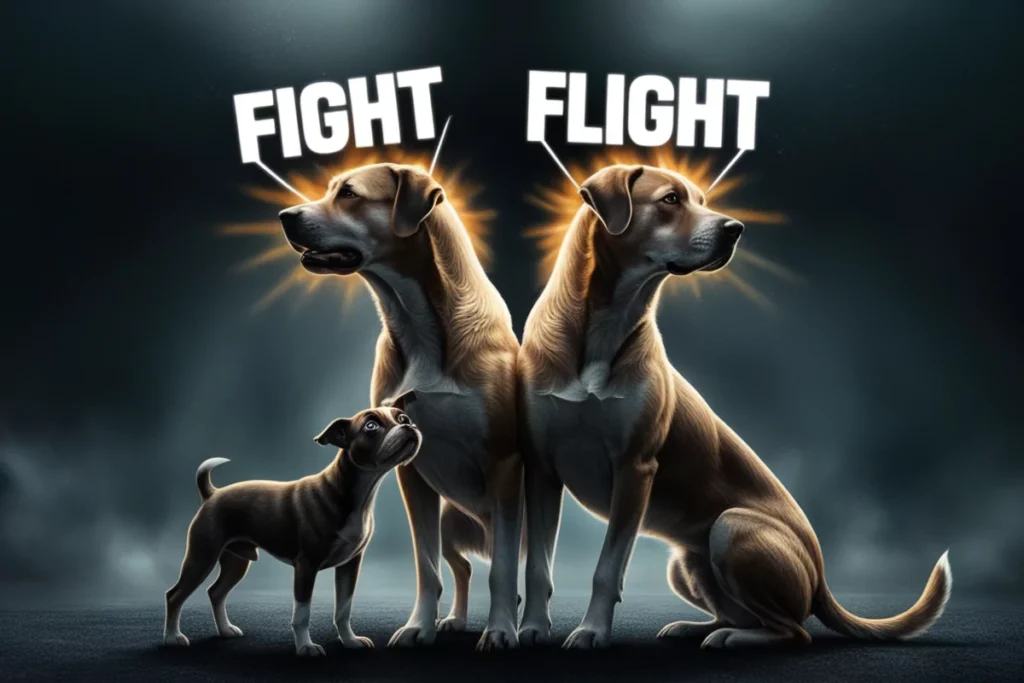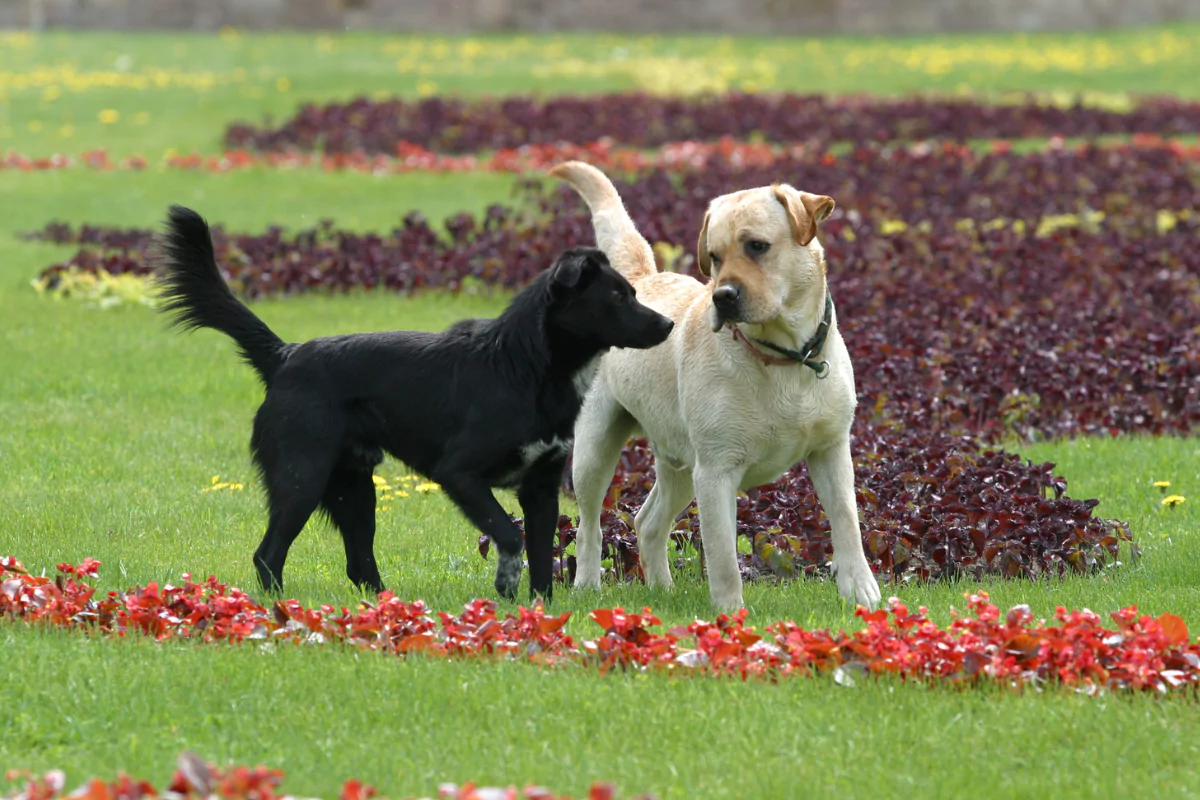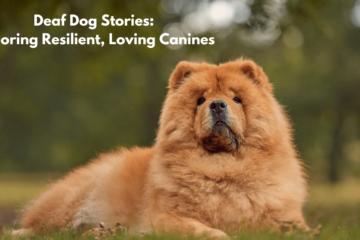Hello people! Do you know about fight or flight in dogs? Dogs are very good companions as well. They demonstrate that they can explain so much to us, including so many behaviors and emotions in response to their environment. The fight or flight response is one of the most basic survival instincts in humans and animals. To help dog owners interact better with the dog and leave a better state of the general of the dog and the owner, having a better sense of how this instinct comes alive in the life of a dog is a good starting point.
But on this blog, we’ll explore the science of the fight or flight response, how it affects dogs, and what you can do to help dogs with stress.
Let’s discuss it!
Table of Contents
Basics Of Fight-Or-Flight

It is meant to help the body fight or, for that matter, run away from danger. The autonomic nervous system governs the involuntary function of the body and controls this instinct. If such a dog feels threatened, the body will begin to release hormones, including adrenaline and cortisol, forcing physical changes in the heartbeat, senses, and energy flood.
Dogs, too, can have this response to many things: It can occur in response to loud noises, strange places, other animals, and, in some cases, different people. Thus, you have to know when and how to intervene to calm your dog’s anxiety.
Fight Or Flight Signs Started In The Dogs

All dog owners should each be able to detect symptoms of a dog’s fight or flight reaction. Dogs may exhibit a variety of behaviors when they feel threatened:
Body Language: A stiff body, hackles up, and tail tuck will tense your dog. But sometimes, they will pin their ears back if they feel more threatened, or if they’re more curious, they point their ears forward.
Vocalizations: If a dog growls, barks, or whines, more than likely, they are fearful or threatened. The vocalizations were dependent on the occurrence and intensity according to the situation.
Pacing or Restlessness: Dogs pace back and forth or handle their rear legs in some fashion, so sometimes it becomes evident from all that dogs do that dogs aren’t happy with the situation.
Aggressive Behavior: The fact is it doesn’t have to be unprovoked, but a dog may return to such aggressive behavior if it feels cornered. Such things as growling, snapping, and lunging fall into this category.
Withdrawal: However, some dogs will retreat or go where they feel they are threatened. It’s generally more common among more submissive dogs.
Physical Symptoms: Dogs show stress physiologically. Excessive panting, drooling, and sometimes gastrointestinal problems are signs.
A sudden threat or fear, either real or imagined, is what prompts the release of these reactions.
Several factors can influence how a dog reacts to perceived threats:
Genetics
A dog’s heritage and genetics, as much as humans are the same, play a huge part in whether it behaves or how ‘right’ its personality traits are. Many breeds are nervous or aggressive and have the fight or flight response go through the roof (though occasionally, they’re as destructive as any terrier with their teeth).
The following video explains about Genetics:
Socialization
Socializing is one way that you can make a dog more adaptable: a less fearful dog is less likely to perceive totally benign events as threatening. Once you introduce a dog to dogs, people, and different environments early, they will learn to handle traveling with confidence and learn to live with their new and old challenges without much of a fuss.
Past Experiences
As much as we want, the past has a huge impact on how a dog will respond to stress. Suppose a dog has already learned bad stuff in association with a particular stimulus (for instance, very loud noises or very vicious dogs). In that case, the dog is more likely to be fearful or aggressive toward other things in the same sort of situation.
Current Stress Levels
The brain in a stressed dog could also be triggered by this, instigating in the dog an extremely intense, overblown fight or flight reaction to ‘new threats.’ This is then compounded by the fact that we also have to remember to factor in the total stress your dog is under from every other source, be it changed routines, illness, or another environmental factor.
The Fight or Flight Response Needs to be Properly Managed.
Once you learn how to help your dog through the fight or flight response, you can’t change the world for our dogs, but you can change their environment and make it a zen place.
Several Strategies For Managing This Instinctive Behavior
Create a Safe Space
When he truly is too stifled to function, he gets his way in a decided place in your house where you have a dog. You should have a place to call your dog’s home (away from noise or disturbances) so the dog feels safe and comfortable.
Desensitization
Desensitization is when you gradually become immune to something; counter-conditioning replaces something you don’t want responses to with something else in order to change the responses.
This occurs by gradually exposing your dog to the stimulus that puts them in fight or flight and teaching them to get used to it. It’s the process of starting with the lowest level of exposure and rewarding your calm behavior every time it happens.
That’s called counter conditioning, changing your dog’s emotional response to a stimulus. For instance, maybe you’re rewarding your dog because the other dog is making the dog anxious, and your dog isn’t getting visibly upset about it.
Training and Obedience
They also tend to feel a little bit more secure if you can teach that dog to obey, even if it’s just the basics. It tends to divert your dog’s attention from the wrong things and helps improve their inclination to stay calm.
Positive Reinforcement
We can use positive reinforcement practices to help build your dog’s confidence. Rewarding your dog for being calm when presented with some stressful situations can teach your dog it’s possible good things will come of it.
Consulting a Professional
If your dog is regularly getting Dog Fight, or if they are in a fight or flight response, then it may be worth getting in touch with a professional dog trainer or veterinary behaviorist. Each of these dog anxiety experts will have tailor-made techniques and interventions to assist you with your dog’s anxious behaviors.
Determination Of Their Need
However, that doesn’t mean that it’s always simple to know how to determine what they need.
Every dog is different, though. Some people are hardwired to be very sensitive to the response of flee or fight; some are bouncy, and stress just rolls off. When you see through their personality and what triggers them, it starts to make more sense to their world and what you can do to help support them when said triggers arise.
Watch for Triggers
Keep a list of how your dog responds in different situations so you can later look for some recurring responses and where they come from. This will become a good tool to guide your training and your management strategies.
Adjust Your Routine
Start working on changing a couple of the stimuli that your dog can react sensitively to in your daily routine. If it is a dog that gets fretful at certain times of the day or at certain times when the local outlet is packed, you can now take it for a walk when the outlet is less busy.
Promote Calmness
Combine various sorts of exercise – exercise, mental stimulus (puzzle toys), and relaxing exercise (massage)- to your dog’s day – calming exercise. This can also assist all these additional activities to ease overall the stress levels.
Conclusion
If you have pets, whether You have dogs, cats, or turtles, knowledge of how dogs react to fight or flight response is essential. Knowing what can affect this instinct and what your signs are is important because you can build this supportive environment using desensitization, positive reinforcement, and making that space safe.
It really just hinders your anxiety off the charts, and you can get your dog down to a very low level. So remember, no two dogs are the same, and be very patient when your dog gets its head around the concept of personal space. If you want to have a good relationship with the well-being of a dog, they only adopt the right approach.
FAQ
1. What is the dog fight or flight response?
An automatic response to threat, either fight or flight. In other words, If a dog realizes that it is in danger, the body will release hormones such as adrenaline, which will prepare it for one or two things… to fight or to flee.
2. What should I look for as signs that my dog is fighting or flighting?
Pacing or Restlessness, Tense body language (stiff body position, standing on end standing off), Withdrawal or Hiding behaviors, Vocalization (growls or barks), Potentially aggressive behavior (but that’s normal aggression up until teeth are bared). Physical symptoms may be excessive panting or drooling.
3. What causes it in dogs?
They can be triggered by anything else that can cause loud noises (such as fireworks or thunderstorms), unusual places, other animals, certain people, or a previous traumatic event in their lives. Sorry, kid, but it’s all genetics and socialization.
4. What can I do to stop my dog’s motivation put forward by the fight or flight response and stop her battling her anxiety?
You can manage it by creating a safe space, desensitization, counter-conditioning, positive reinforcement training, talking to a professional trainer, or, last of all, taking medication (discuss it with your vet).




